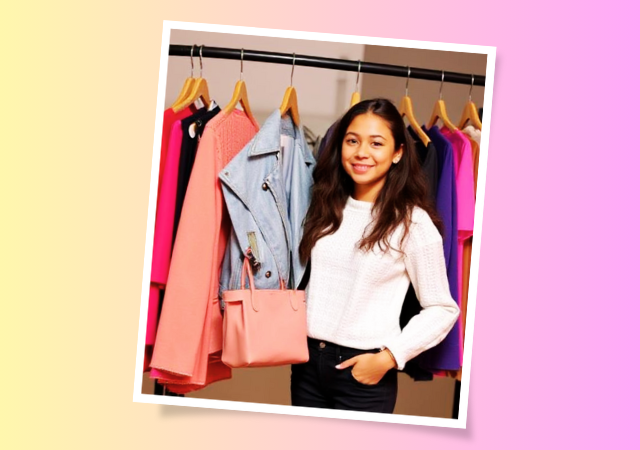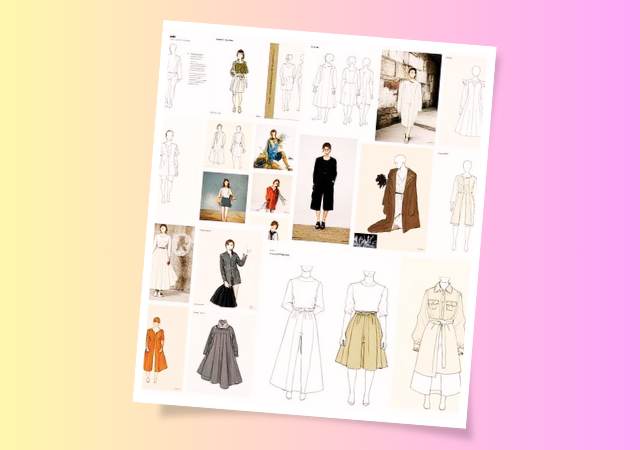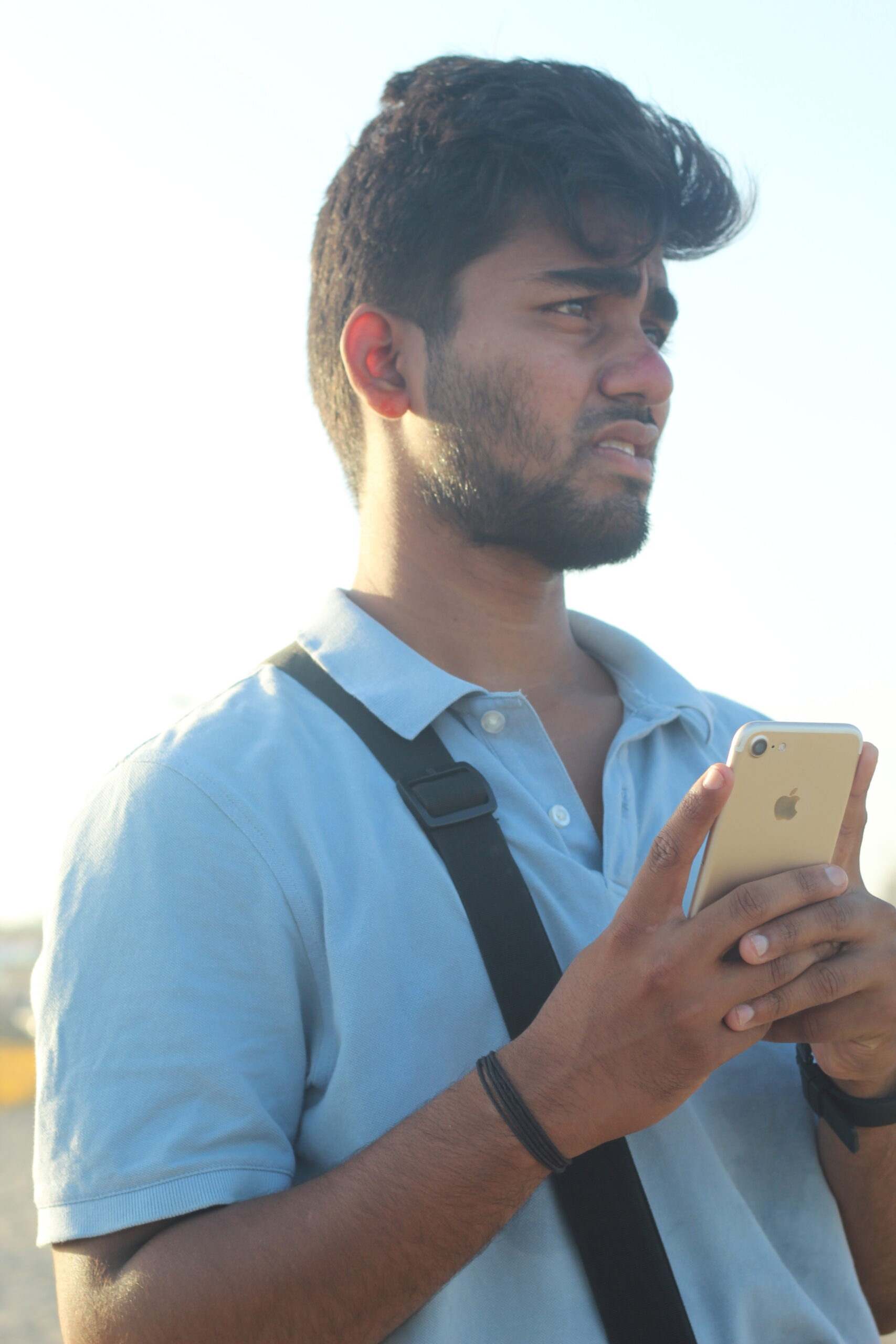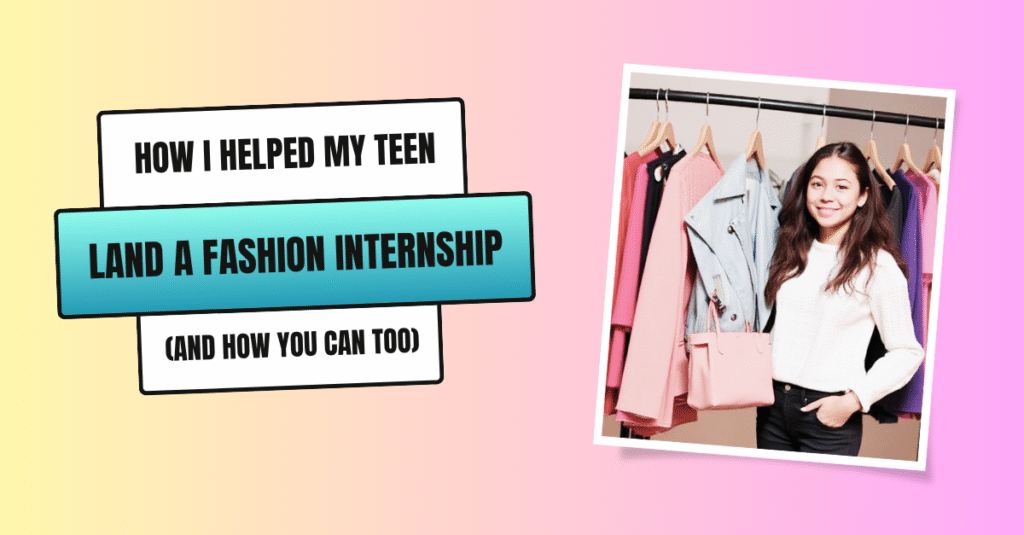How I Helped My Teen Land a Fashion Internship (And How You Can Too)
Introduction:
When my 16-year-old daughter, Mia, announced she wanted to work in fashion, I’ll admit—I panicked. Not because I doubted her talent (her sketchbook was filled with designs that looked straight off a Paris runway), but because I had zero connections in the industry. No fashionista friends, no insider knowledge—just a mom with Google and a determined kid.
A year later, she landed an internship with an emerging sustainable fashion brand. No nepotism, no fancy prep school advantages. Just strategy, hustle, and a few lessons learned the hard way.
If your teen dreams of breaking into fashion—whether as a designer, stylist, buyer, or marketer—this post is your roadmap. I’ll share exactly how we did it, the mistakes we made, and how you can help your child stand out in this ultra-competitive industry.
How I Helped My Teen Land a Fashion Internship (And How You Can Too)
Step 1: Turning Passion Into a Plan

Identifying Their Niche
Fashion isn’t just about designing clothes. There’s styling, merchandising, PR, journalism, and even tech roles like 3D fashion design. Mia loved sketching, but after researching, she realized she was equally drawn to sustainable fashion branding.
Action Step: Have your teen explore different paths. Watch documentaries (The True Cost, McQueen), follow industry insiders on LinkedIn, and take free online courses (Coursera’s Fashion as Design by MoMA is fantastic).
Building a Foundation
Raw talent isn’t enough. Mia spent weekends practicing technical sketches, learning basic sewing, and studying fabrics. We found a local tailor who gave her informal lessons in exchange for helping in his shop.
Key Takeaway: Skills > connections early on. Even a little hands-on experience (altering thrift-store finds, styling friends) builds credibility.
Step 2: Creating a Portfolio That Stands Out

What to Include
Mia’s first portfolio was… rough. A few sketches, poorly lit photos of her DIY projects. Then we studied what pros like Vogue interns submitted:
-
Conceptual mood boards (digital or physical) showing their aesthetic.
-
Technical flats (detailed garment drawings).
-
Before-and-after upcycling projects (huge for sustainable brands).
-
Short write-ups explaining their creative choices.
Pro Tip: Use Carbonmade or Adobe Portfolio for a sleek digital presentation. Even a free Instagram portfolio works if curated well.
The Power of a Personal Project
Mia launched a mini “sustainable capsule collection” using thrifted fabrics. She documented the process—from sketch to final stitch—and included it in her portfolio. This became her biggest talking point in interviews.
Step 3: Finding the Right Opportunities
Where to Look
-
Local Designers: Smaller brands often take interns without formal programs. Mia found hers by DM’ing a designer she admired on Instagram.
-
High School Programs: Programs like FIT’s Precollege or Parsons Summer Intensive offer internships for teens.
-
Job Boards: Check FashionUnited, WWD Careers, and even LinkedIn (filter for “entry-level” or “intern”).
Cold Emailing That Actually Works
Mia sent 23 emails before getting a reply. The winning formula:
-
Subject Line: “Passionate Teen Designer Seeking Learning Opportunity”
-
First Paragraph: A genuine compliment about their work.
-
Second Paragraph: Her skills (with portfolio link).
-
Third Paragraph: A specific ask (“Could I shadow your team for a day?”).
Sample Hook:
“I’ve followed your work since your upcycled denim collection—especially how you incorporated zero-waste patterns. As a young designer exploring sustainability, I’d love to learn from your process.”
Step 4: Preparing for the Interview
Common Questions Teens Get Asked
-
“Who are your favorite designers, and why?” (Tip: Avoid just saying “Chanel.” Dig deeper—like “Marine Serre’s focus on circular fashion inspires me”.)
-
“How do you handle criticism?” (Mia talked about reworking a design after her art teacher critiqued it.)
-
“What do you hope to learn here?” (Be specific: “I want to understand how a small brand manages production sustainably.”)
The Task Test
Many brands assign a small project. Mia was asked to sketch a design using their deadstock fabrics. She aced it by researching their past collections first.
Step 5: Making the Most of the Internship
First-Day Rules
-
Arrive 15 minutes early. Fashion runs late, but interns shouldn’t.
-
Bring a notebook. Write down everything—fabric names, software tips, even how they format emails.
-
Ask smart questions. Instead of “What should I do?”, try “I noticed you use eco-friendly dyes—could I help research suppliers?”
Turning an Internship Into a Future Job
Mia volunteered for extra tasks (organizing the fabric library, assisting on photoshoots). By the end, they hired her to help with their next collection.
Bonus: What If They Get Rejected?
Mia applied to 8 internships before landing one. Rejections stung, but we:
-
Asked for feedback (“Could you share what I could improve?”).
-
Used downtime to upskill (she took a free Premiere Pro course to edit lookbooks).
-
Kept refining her portfolio.
Persistence is everything. One “no” doesn’t mean they’re not talented—it just means they haven’t found the right fit yet.
Final Thoughts: How I Helped My Teen Land a Fashion Internship (And How You Can Too)
Helping your teen break into fashion takes work—but it’s so worth it. Today, Mia’s more confident, skilled, and connected than she ever imagined at 16.
Your Turn: Start small. Have them sketch daily, reach out to one local designer this week, or build a mini-portfolio. The industry needs fresh voices—why not your child’s?

My name is Rohit Vagh and I’m a content writer specializing in fashion and lifestyle. I have three years of experience in this field and have written various articles. My writing style is creative and engaging, and I strive to create content that resonates with my readers. I have a deep passion for fashion and am constantly researching the latest trends and styles to make sure my readers are up to date. I’m excited to continue my career in blogging, and I’m always looking for new opportunities in the fashion and lifestyle space.





